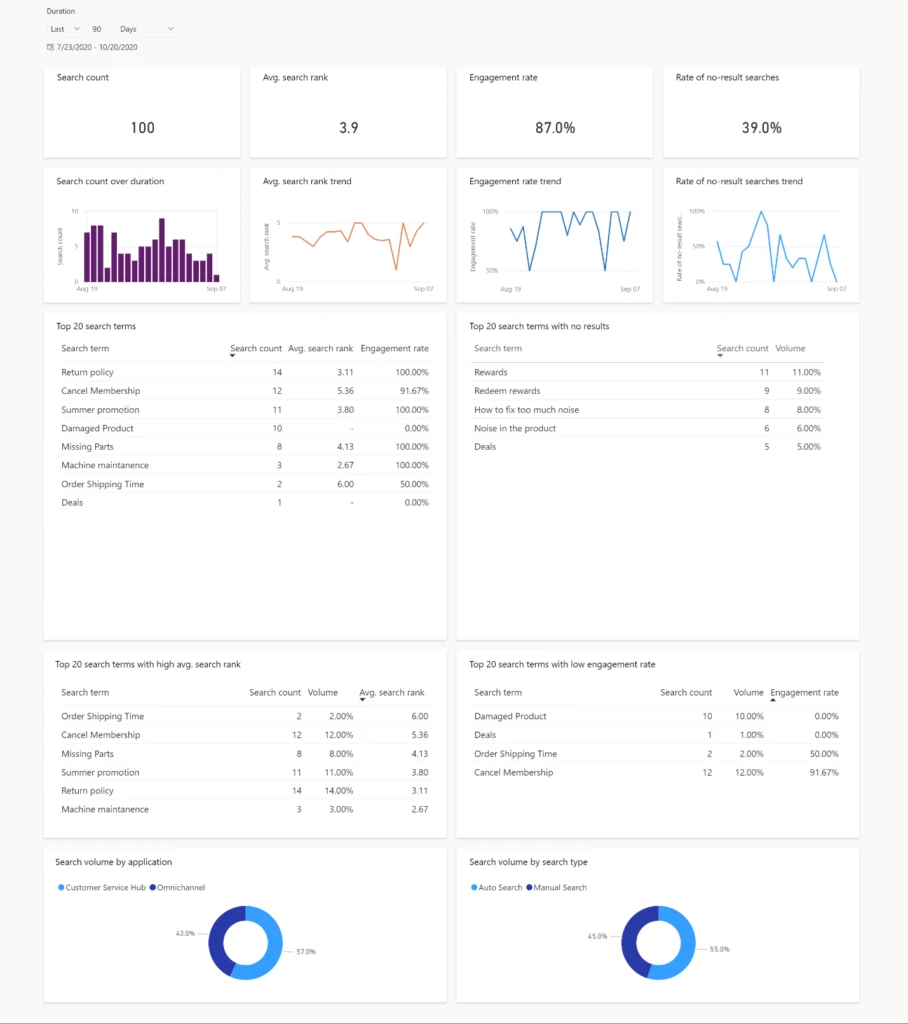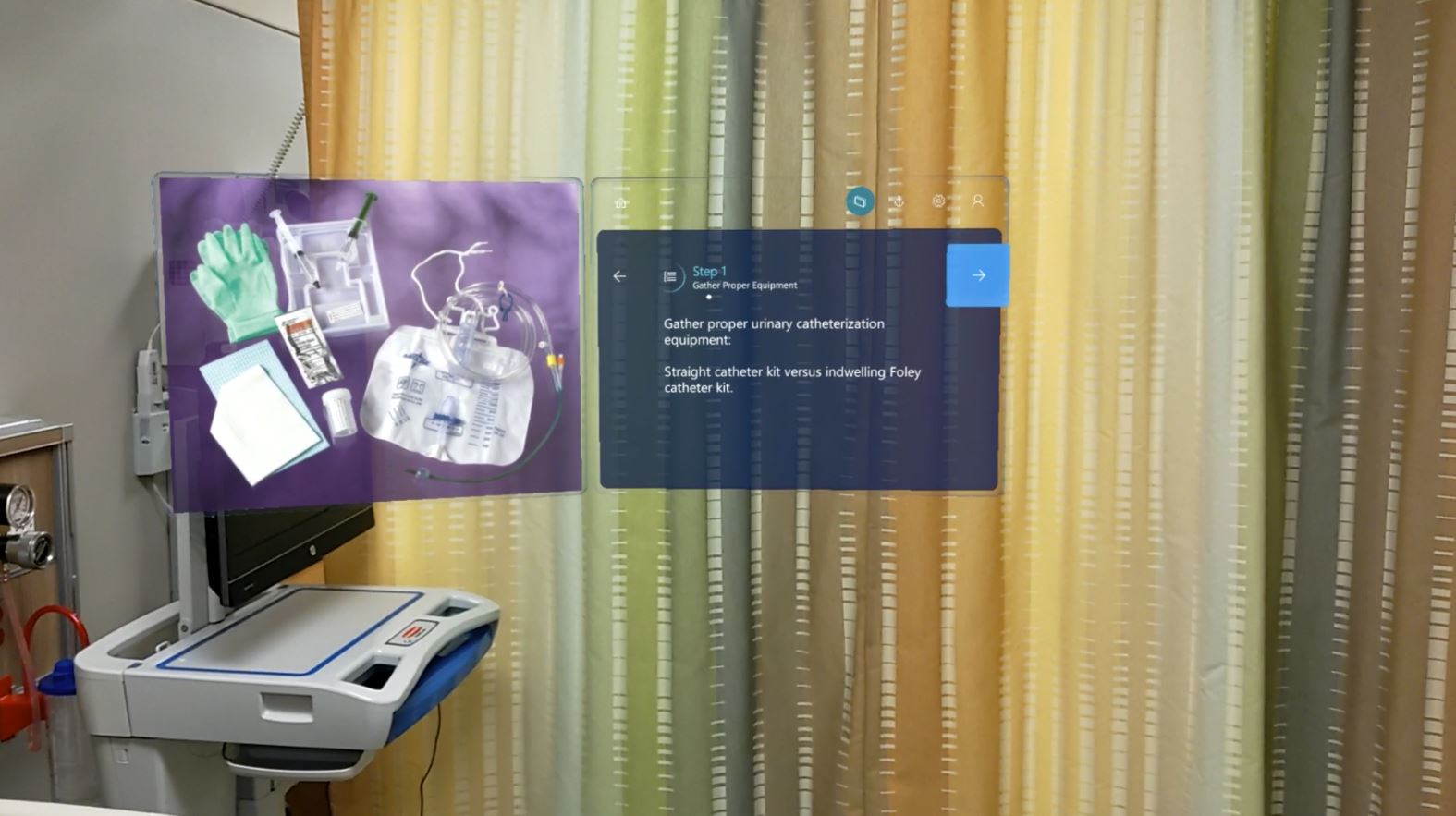
Building customer relationships through relevant and unified personal experiences
This article is contributed. See the original author and article here.
Retail used to look different. It was local; it was a relationship. But new technology brought change. Trains opened the door for the Sears catalog, offering a wide array of products to distant customers. Henry Ford’s automobile led to suburbanization, malls, and department stores, changing the face of retail. And now, enabled by digital technology and the internet, customers can leverage the convenience and rapid delivery of e-commerce. Each of these innovations improved the shopping experience by offering access to more goods while reducing friction, but there was a cost to each of these changes: the relationship between a customer and retailer became more distant.
While the way people buy has changed, their desire to have a relationship with retailers has not. More than half of customers say they prefer buying from local stores (51.5 percent) verses big retailers (48.5 percent), and this trend has only been accelerated by the pandemic, with nearly 20 percent of adults saying they will support more small businesses as a result of the pandemic. (GWI, Core survey data, 20201.) At the same time, we’re seeing record growth in e-commerce (United States Census, 2020), suggesting that what customers really want is the best of both worlds: the variety and convenience of e-commerce with the personal relationships of local retail. This presents a new challenge for modern retailers: how do they build relationships with customersdelivering the unique and personalized experiences they wantat scale?
To accomplish this, retailers must rely on modern commerce platforms, like Microsoft Dynamics 365 Commerce, that provide the data they need to understand their customers and the tools to deliver personalized and unified customer experiences.
Understanding customers through unified data
Building relationships with customers starts with understanding customers. In the past, customers have built relationships with brandsthrough social media, online purchases, in-store visits, and interactions with support staffbut these relationships have been one-sided. While the customer remembered each interaction due to siloed data and systems, retailers had little visibility into the customer’s history with the brand. They didn’t know the last time a customer interacted with them or for what. From the customer’s perspective, this experience can feel like every interaction with a brand is the first interaction.
For better or worse, customers want brands to act like people; like a friend who owns a local shop. They want to have an ongoing relationship with a brand, not one that resets at every touchpoint. When they interact with a new sales associate or support agent, they expect that individual to understand the context of their existing relationship with the brand. They want a continuous conversation, not fragmented, one-off discussions.
Delivering connected experiences across channels begins with unified data; however, nearly 50 percent of retail decision-makers lack unified customer data and real-time insights needed to drive these types of experiences. Recognizing these challenges, 47 percent are focused on improving analytics capabilities, including cross-channel analytics, to better turn customer data into insights. (Forrester Consulting, The Digital Imperative, 2021.)
“If you’re able to gauge customer lifetime value and find out who your best customers areand locate other customers like themit opens up tremendous possibilities for targeting them with more meaningful messaging,”Sashi Kommineni, Director of Enterprise Analytics, Chipotle Mexican Grill
Microsoft Dynamic 365 solutions enable retailers to aggregate customer data across every customer touchpoint, enabling retailers and their employees to see a customer’s history with a brand. In doing so, they can provide continuity in the relationship between a customer and brand, giving employees the essential information to make each conversation a continuation of the lastthe way a true relationship with a peer would evolve.
From unified data to unified experiences
When building customer relationships, unifying data is the first step. The second step is leveraging that data to improve customer experiences. To do this, modern retailers must consider their offering in the context of the digital era. When a customer engages with a retailer, they aren’t just buying “goods” and “services,” they are investing in the end-to-end experience of discovering, purchasing, procuring, and using the product. The “product” is the sum of every interaction a customer has with a brand. Accordingly, retailers must design every customer touchpoint with the same detail and care they do their productsbecause to the customer, they’re one and the same.
“We are driving efficiencies in our warehouse, trialing new fulfilment models, and unlocking deeper insights into customer experiences faster than ever before.”Matt Keays, Chief Information Officer, Michael Hill
Retailers must not only consider every touchpoint individually; they must also consider the holistic experience for the customer. Many retailers understand this need, with 83 percent of retail and CPG decision-makers agreeing that delivering a connected and unified experience to customers is vital to their business success. (Forrester Consulting, The Digital Imperative, 2021.) No matter the platformwhether in-store or onlinecustomers should have a consistent and continuous experience
Creating personalization at scale
Beyond creating unified experiences, retailers must create personalized experiences. The benefits of creating personalized experiences are clear. Personalization increases the number of items purchased by 110 percent, increases average order value by 40 percent, and increases net promoter scores by 20 percent. (BCG, Business Impact of Personalization in Retail Study, 2019.)
There are still many challenges in providing this level of personalization to customers. Forty-two percent of retailers said an inability to track targeted customers through the entire journey inhibited their ability to implement and grow personalization strategies, while 35 percent cited challenges attributing marketing performance to individual programs, campaigns, and channels. (NRF, The State of Retailing Online, 2019.) Over three-quarters (76 percent) of retailers cite improving digital commerce capabilities as the most urgent business priority, with 52 percent expecting better personalization as a result. (Forrester Consulting, The Digital Imperative, 2021.)
“We are well ahead of where we thought we would be, our ability to engage meaningfully with customers using real-time data has increased exponentially because we use cutting-edge Dynamics 365 technology.” Emmett Vallender, Chief Operating Officer, Citt
While many leverage personalization onlinesuch as personalized recommendations in an email (67 percent)far fewer connected the dots across channels, with only 9 percent of retailers including in-store clienteling solutions for store associates as part of their personalization strategy. (NRF, The State of Retailing Online, 2019.) For companies to build strong relationships with customers, they need to think beyond personalized experiences to create personal experiences. Where personalization is a targeting exercise, creating personal experiences requires greater data unification and a deeper level of insight and intelligence.
How to get started
Dynamics 365 Commerce makes it possible for retailers to deliver unified, personalized, and seamless shopping experiences. Combined with native support for Microsoft Dynamics 365 Customer Insights, businesses can gain a deeper understanding of their customers. By providing frictionless and consistent engagement across online and offline channels, consumer facing organizations can build strong, personal relationships with their customers at scale.
Learn more about Dynamics 365 Commerce today or contact us to request a demo or speak to a specialist.
1These data points are from GlobalWebIndex’s GWI Core dataset. The data points were analyzed from responses to two survey questions: 1. Typically, which of the following would you rather do? Buy from big retailers (48.5%) OR Buy from local retailers (51.5%). 2. After the outbreak is over, how do you anticipate your shopping behaviors will change? Buy more from local retailers (19.8%).
The post Building customer relationships through relevant and unified personal experiences appeared first on Microsoft Dynamics 365 Blog.
Brought to you by Dr. Ware, Microsoft Office 365 Silver Partner, Charleston SC.








Recent Comments